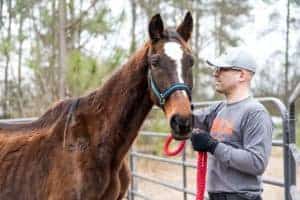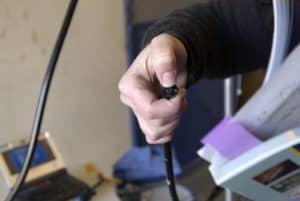
Best Practices for Equine Rescues
Quality rescues practice good horse husbandry, maintain a realistic annual budget, seek continuing education, and more.


Quality rescues practice good horse husbandry, maintain a realistic annual budget, seek continuing education, and more.

Equine practitioners must be familiar with the signs of abuse, its various forms, and their role in preventing it.

How a vet examines and treats allegedly abused horses can mean the difference between a successful or unsuccessful case.

A difficult birth can be life-threatening for both mare and foal if not handled promptly and properly.

Veterinarians discuss how they diagnose and treat injuries to the collateral ligament, DDFT, navicular bursa, and more.

Mares had higher pregnancy rates per cycle as sperm numbers and number of inseminations per cycle increased.

Scientists tested whether estradiol-17B, progesterone, alpha fetoprotein, and/or serum amyloid A could predict abortion.

Veterinarians can keep diagnostic costs lower by using as much information from routine tests as possible.

Hydrotubation involves passing an endoscope through the cervix and uterus into the oviduct and flushing it with saline.

Researchers found that particular genetic types of E. coli responded to the various antibiotics differently.

Biosecurity isn’t just a consideration for show horses. Here are some tips on how to keep breeding stock disease-free.

Researchers are exploring whether various diagnostic biomarkers could help assess fetoplacental well-being in mares.

Hysteroscopy involves running a flexible endoscope through the uterus to check for abnormalities.

Researchers found that AFP could be a useful biomarker to help assess neonatal health soon after birth.

Suspect a biofilm or latent infection if bacterial endometritis is treated appropriately, but the infection persists.

Anti-Mullerian hormone is a reliable marker for cryptorchidism, granulosa-cell tumors, and, possibly, mare fertility.
Stay on top of the most recent Horse Health news with